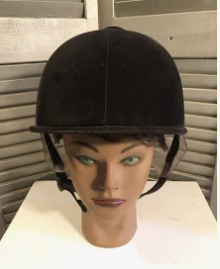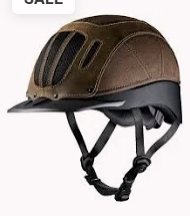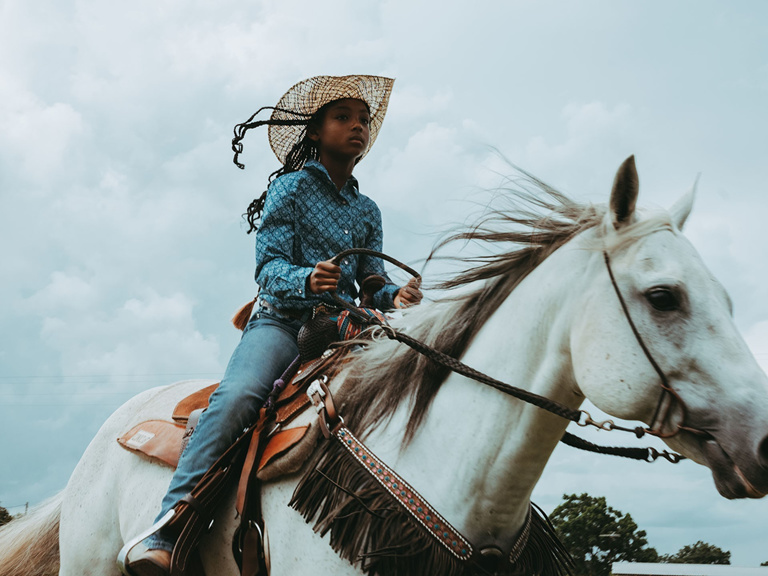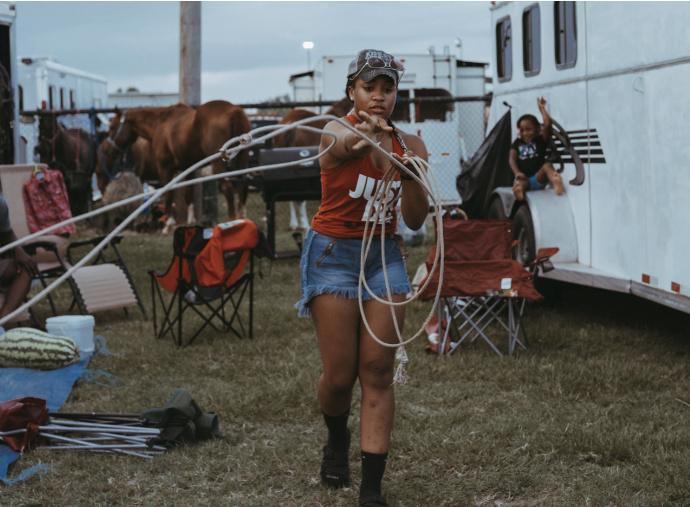Also the adaptation of the “western look” hat becoming part of a helmet.
For those who remember the year 1986, when helmets were finally required for hunter/jumper/eq – the national roar of outrage by competitors was because of the ugly look, and the effect on their hair.
The helmets at the time were not today’s sleek stylish models. They were known as “mushroom heads”, grossly round and not head-shaped, and protruding outward. And they had straps to secure them that virtually blocked the sides of the face from view. In fact clear straps quickly came on the market to overcome the obstruction.
The organization and the retailers had to accept that looks matter, for acceptance by the consumer. Right or wrong. That’s the way people are.
Western is going through the same evolution. Brain injuries aside, the human factor is that the risk has never overcome a necessary social acceptance and appreciation, to get helmets on people’s heads.
circa 80’s early-90’s …

Blessings on Troxel for repeatedly doing their best to sell helmets that people will buy and wear … with affordable h/j/e helmets for lower-budgets and beginners, and now western-friendly styles …

And Etsy’s creatives are also out there scouting the landscape for likely possibilities …

Yep, with the rodeo lean toward helmets, broad acceptance might be coming. It also needs leading recognized show contenders to be seen out there wearing helmets in ‘normal’ Western shows to help it along. No one wants to be first.
I don’t remember the year, but Allison Springer was the first Kentucky 3DE rider to go up the centerline in dressage wearing a helmet, not a top hat. I think she was the only one that year, at Kentucky. Remember that struggle?
The still-lingering PTSD from the traumatic 1986 rule change to helmets is probably holding back mandating helmets in Western. Until the population signals that it is ready.








